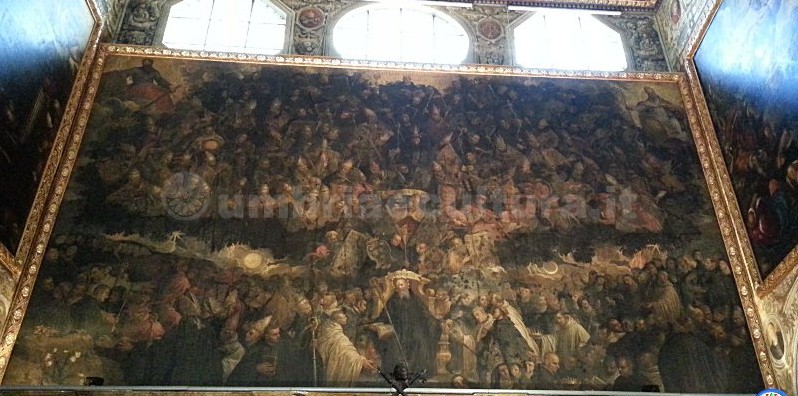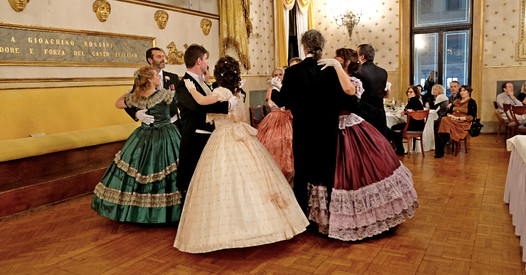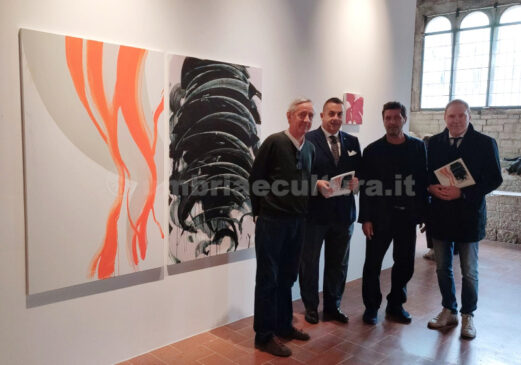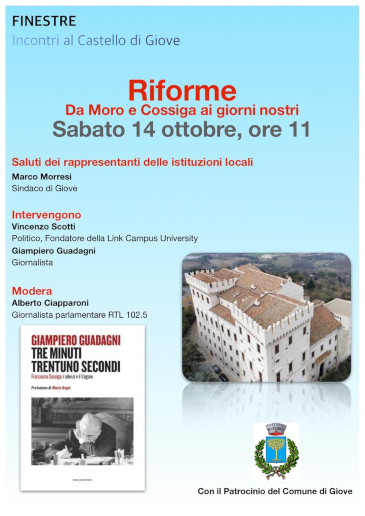“Angels are bright still, though the brightest fell” Shakespeare said, this time the devil fell in two well known Umbrian churches: one located in Perugia and the other in Assisi.
The basilica of San Pietro in Perugia, the most beautiful and richest church in the Umbrian capital, erected for the glory of San Benedetto and his order and in eternal memory of the great power and enormous wealth of his monastery, houses, among others, a somewhat disturbing record work: in the counter-facade of the church, above the entrance door, stands an enormous canvas, among the largest in Europe, about 90 square meters in size, which represents the Triumph of the Benedictine order, painted by Antonio Vassilacchi in 1592.
By observing the work closely in the penumbra of the church, it is possible to distinguish, on two levels, eminent personalities of the order of the Benedictines or related to them, on the upper register those no longer alive, in the lower register the living ones. It is possible to admire a series of monks, pontiffs, bishops, venerables… a tangle of more or less 300 figures that, the average spectator, with difficulty can distinguish, apart from San Benedetto at the center of the composition and a few others.
Is it possible among all these holy men to hide Lucifer? Just move away from the canvas, reach the middle of the central nave and… turning again our gaze towards the entrance we notice that two animal eyes look at us threatening: the sun and the moon, depicted on the median line of the canvas are the pupils of a diabolical being whose nose is the founder of the order and the horns are the two apostles Peter and Paul. What is the devil doing there? Perhaps he wants to remind the faithful who leave the sacred place that sin is lurking outside.
We move to Assisi, “following the smell of sulfur”, and we arrive to the Basilica of San Francesco. Here Giotto is the master, with his famous 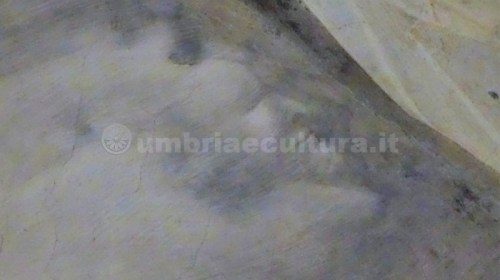 panels that run along the walls of the single nave where, unsurpassed, he narrates the salient episodes of the life of the Saint Francis in images. There is one where we dwell in particular, the one depicting the death of Francis: the body of the Saint lies at the center of the scene below, surrounded by his friars desperate for his death, when suddenly, as San Bonaventura says, the soul of Francis, shining like a star, ascends to heaven above a white cloud. But what it seems is not what it is: the candid cloud, on closer inspection, hides the grim profile of a devil that no one, for eight hundred years, has ever perceived. Again according to San Bonaventura, the angels, both good and bad (the devils), made of pure spirit, assume, to descend to earth, a fictitious body made of steam.
panels that run along the walls of the single nave where, unsurpassed, he narrates the salient episodes of the life of the Saint Francis in images. There is one where we dwell in particular, the one depicting the death of Francis: the body of the Saint lies at the center of the scene below, surrounded by his friars desperate for his death, when suddenly, as San Bonaventura says, the soul of Francis, shining like a star, ascends to heaven above a white cloud. But what it seems is not what it is: the candid cloud, on closer inspection, hides the grim profile of a devil that no one, for eight hundred years, has ever perceived. Again according to San Bonaventura, the angels, both good and bad (the devils), made of pure spirit, assume, to descend to earth, a fictitious body made of steam.
But what is the meaning of that presence in that scene, in that place? Lucifer, the most beautiful angel, blinded by his pride, descends to earth in the form of a cloud to try to prevent Francis’ ascent to heaven, he is portrayed with his eyes closed because he is condemned forever to never see God again.
A small side note: the two demonic presences we talked about were discovered by two women: the perception of the demonic beast in San Pietro was owed to the writer Emanuela Casinini and to the scholar Chiara Frugoni the discovery of the Giotto’s Lucifer of Assisi.
Benedetta Tintillini

